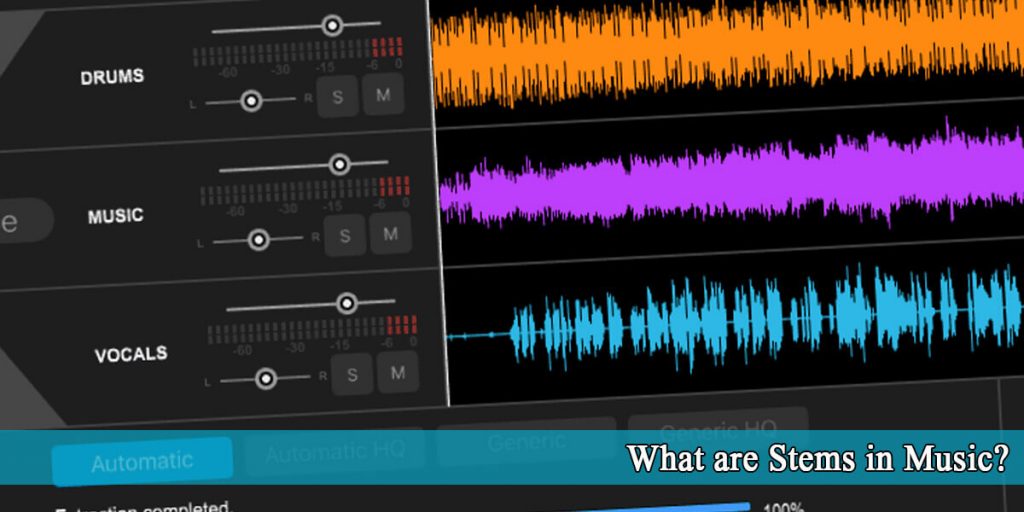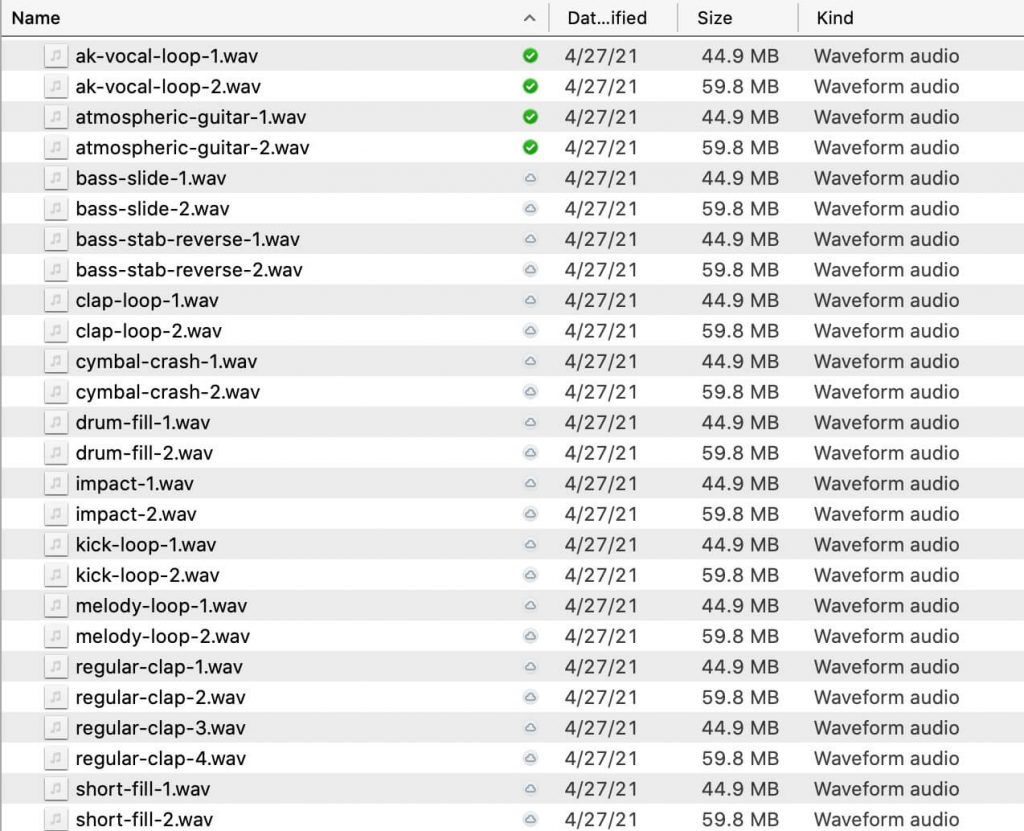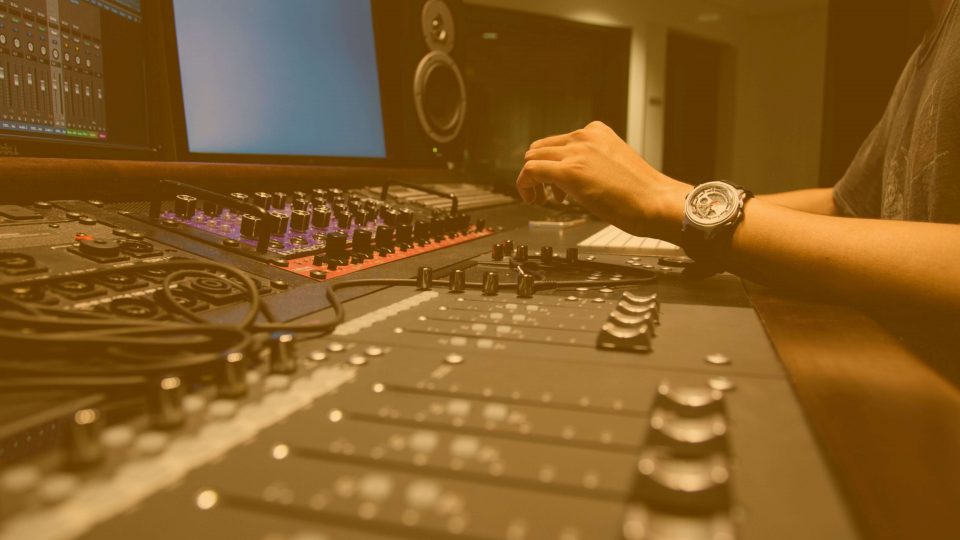Music Stems and Multitracks: What Are They?
Both music stems and multitracks in music are key collaboration tools in music production. Not only are they useful for collaboration between musicians, they’re also tools for tracking, editing, mixing, remixing, and mastering audio.
The truth is that the terms “multitracks” and “stems” are spoken interchangeably – as if they’re the same thing. Not many who have been in the music production world for a short time know this, but music stems and multitracks are actually two different things. It’s important to know the differences between them if you want a smooth solo or collaborative production session.
What’s the Difference Between Music Stems and Multitracks?
Like stems, multitracks are a means of breaking a full song down into individual track pieces to send to a collaborator. The key difference between multitracks and stems is the number of individual tracks each option breaks your song down into.
What Are Stems in Music Production?
Stems are stereo recordings/audio files from a mix of multiple tracks. A drum stem includes all of your drums, an instrument stem includes all of your instruments, your bass stem includes all of your bass channels, etc.
For example, instrument stems are stereo audio files that, when played solo, sound like all of your instruments excluding drums and bass mixed together.
If you play your bass, drum, vocal, and instrument stem together then you’d hear the whole track playing in unison as you made it.

What is a Multitrack in Music Production?
Multitracks are all of the individual elements of your track. From your kick to your snare to your lead synth to your rhythm guitar. Other examples of multitracks are percussion loops like claps, drum fills, and vocal adlibs too.
While a stem is a collection/group of elements, your multitracks are what is inside of your stems. As you make music, you know that each multitrack has its own individual channel because a multitrack is an individual instrument, sample, or anything else.
Some multitracks can be mono while others are stereo. Furthermore, you can record them via a microphone or synthesized in a VST plugin, or you can program them in a sequencer or play them with a MIDI keyboard.
Multitrack sessions have a lot more channels/tracks than stem sessions. Track counts in multitrack sessions can vary from twenty to one hundred (or more), but stem sessions will usually contain from four to twenty tracks.
Both stems and multitracks can be useful, depending on your desired outcome, but sometimes sending multitracks is overkill, and sometimes sending stems just isn’t enough.

When Should You Use Multitracks?
Multitracks are only really necessary when flexibility is a must for the receiving party. If you were to send your mix to a mix engineer, they’d likely ask for the multitracks so they have total control to make the mix sit right. Multitracks generally exclude processing such as compression, delay, and reverb so that the mix engineer can apply them when they’re needed
Export your multitracks as “dry” as possible. Only include effects that are to dow ith the sound of your instruments and elements.
When Should You Use Stems?
Music stems are a much more universal audio file. They have many more mixing applications compared to multitrack. because, as we said earlier, stems group the different sections of your music.
Here are a couple of examples.
Firstly, when you’re sending files to a vocalist you can send them the stems of your drums, instruments, and bass.
Second, if a producer asks you if they can remix your track then you can send them the stems of the track.
You’ll find an arsenal of sounds to add to your mix in the MIxxed sample library.
The sampling revolution has risen in popularity and shaped music since the early 1970s. Sample culture continues to transform how millions of artists and producers do their thing in DAWs.
You too can break conventional norms, challenge the status quo, and open Pandora’s box of sound design.
Mixxed works with a growing number of sample labels and contributors to provide you with an affordable sample subscription service that’s more accessible than any before.
You’ll have access to our growing catalogue of loops, one-shots and sound effects that you can browse, download and keep forever for less than $3 a month.
Sign up today to find your sound!
